Excitement was in her voice as Victoria Lydick, who oversees the new coral facility at IU Bloomington, explained the purpose of the tanks and other equipment in the lab. Lydick is a research associate in the laboratory of Julia van Kessel, an associate professor in the IU College of Arts and Sciences Department of Biology.
The National Science Foundation and its internationally funded Binational Science Foundation have awarded a grant to van Kessel and colleagues to study the coral reef ecosystem. Specifically, the researchers hope to gain a better understanding of how to help maintain coral reefs by learning how the coral pathogen Vibrio coralliilyticus interacts with its environment in a coral host.
About half of the world’s total coral reef cover has been lost since the 1950s due to many causes—including anthropogenic climate change, disease outbreaks, destructive fishing practices, and pollution. Increases in ocean temperature due to climate change correlate with increased disease incidence and outbreaks in coral.
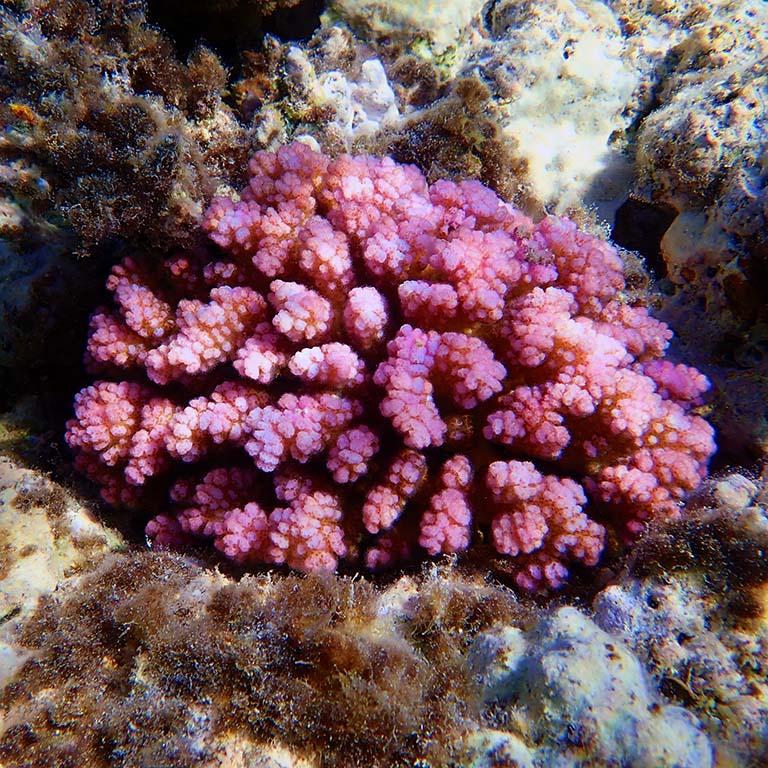
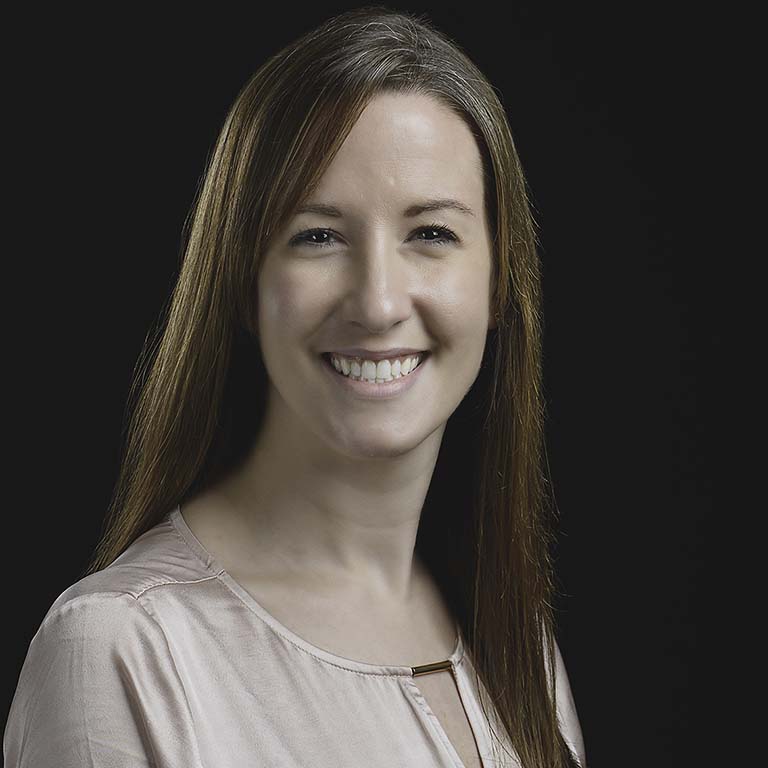
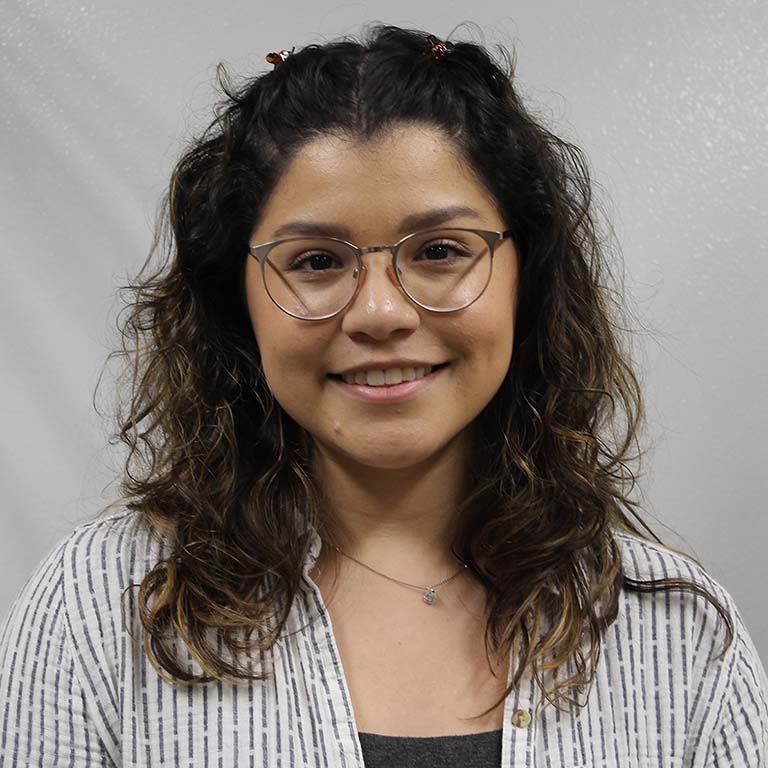
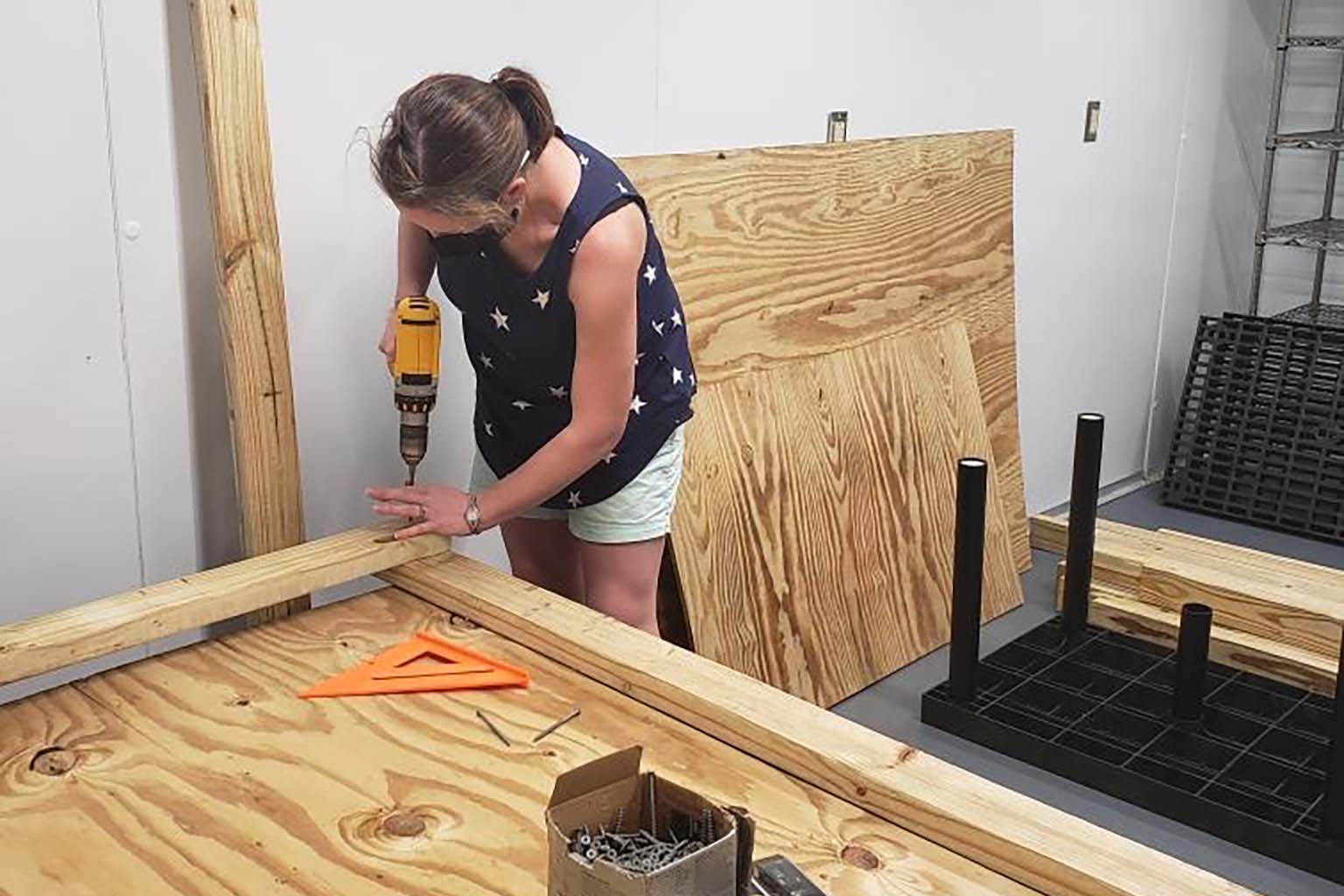
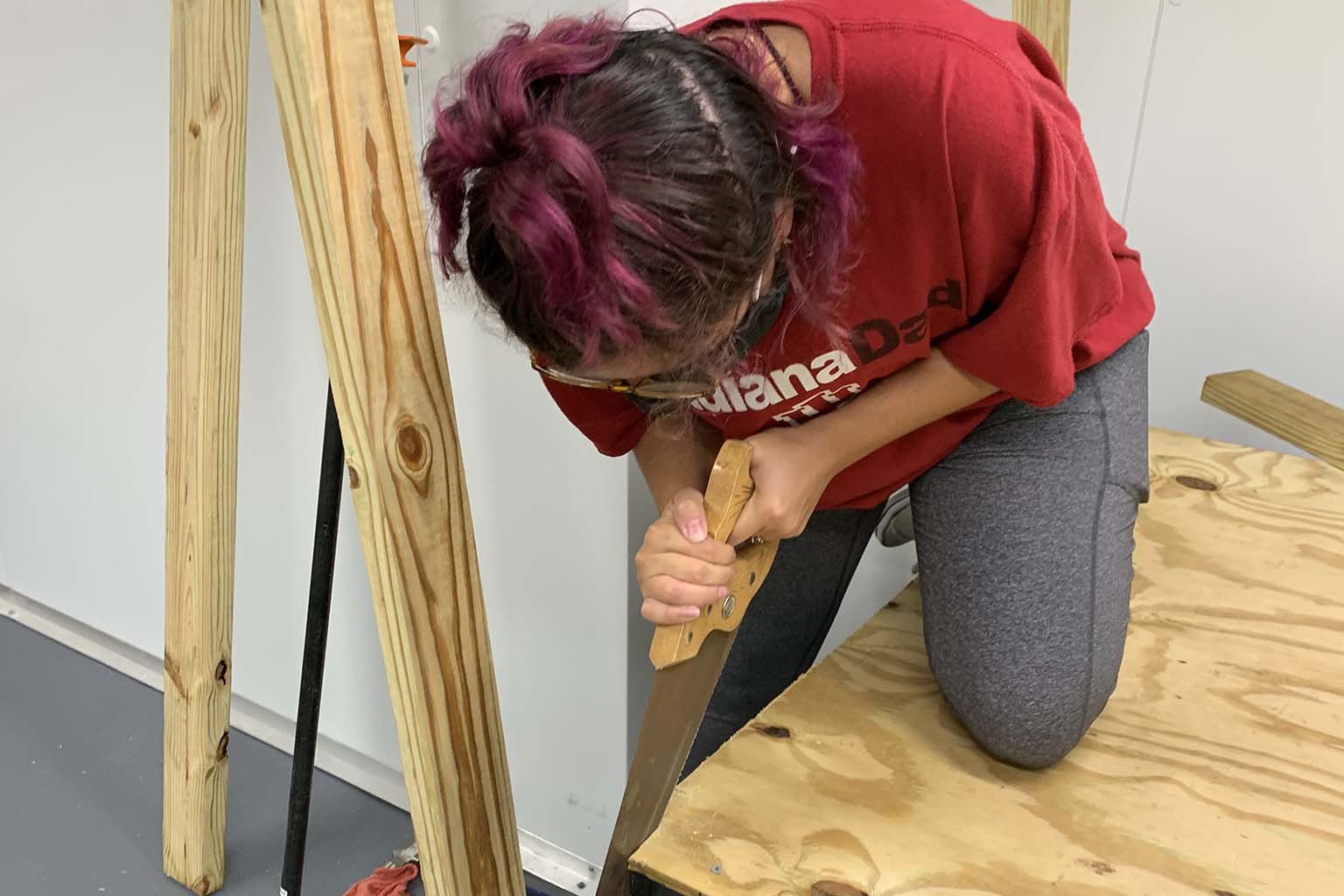
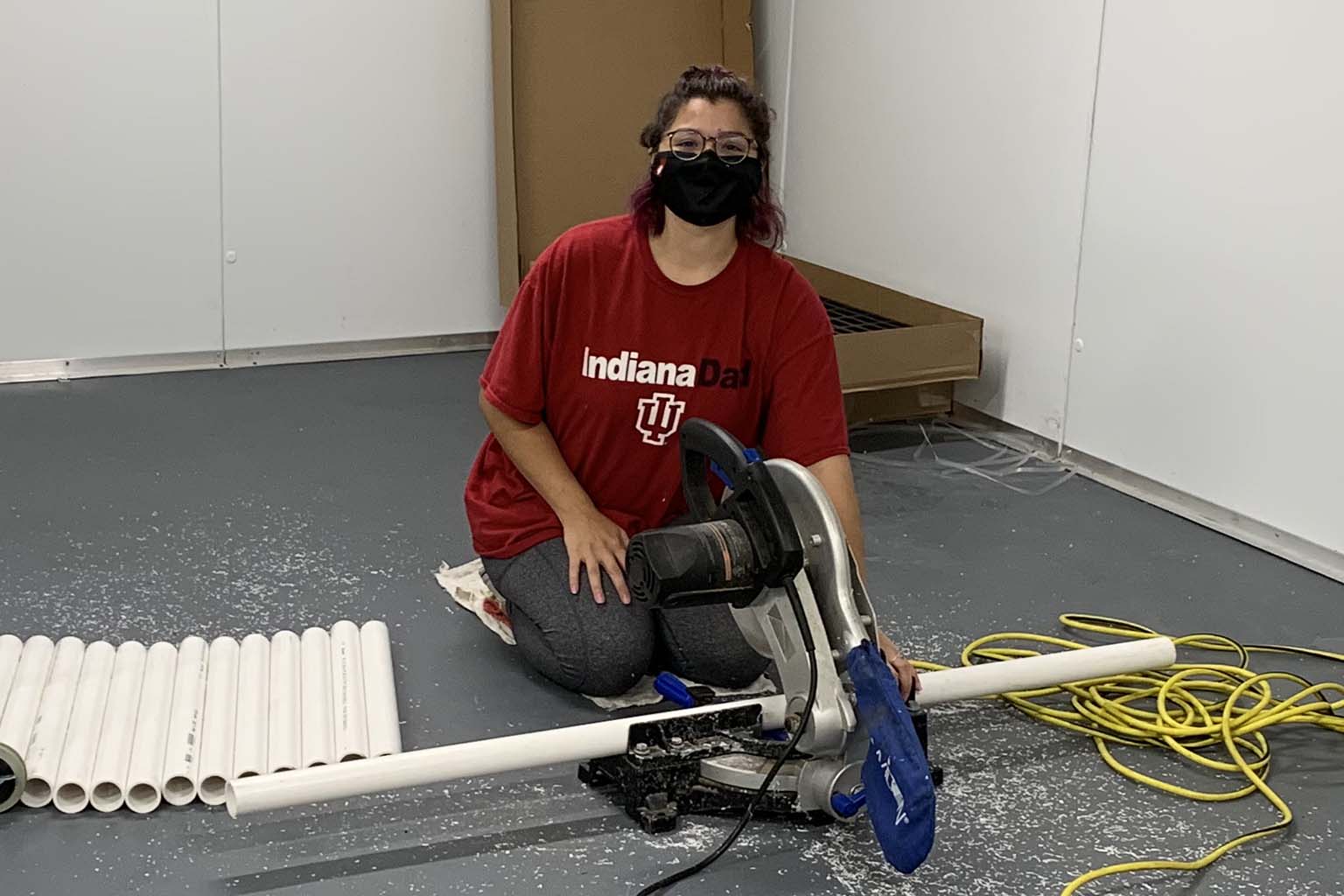
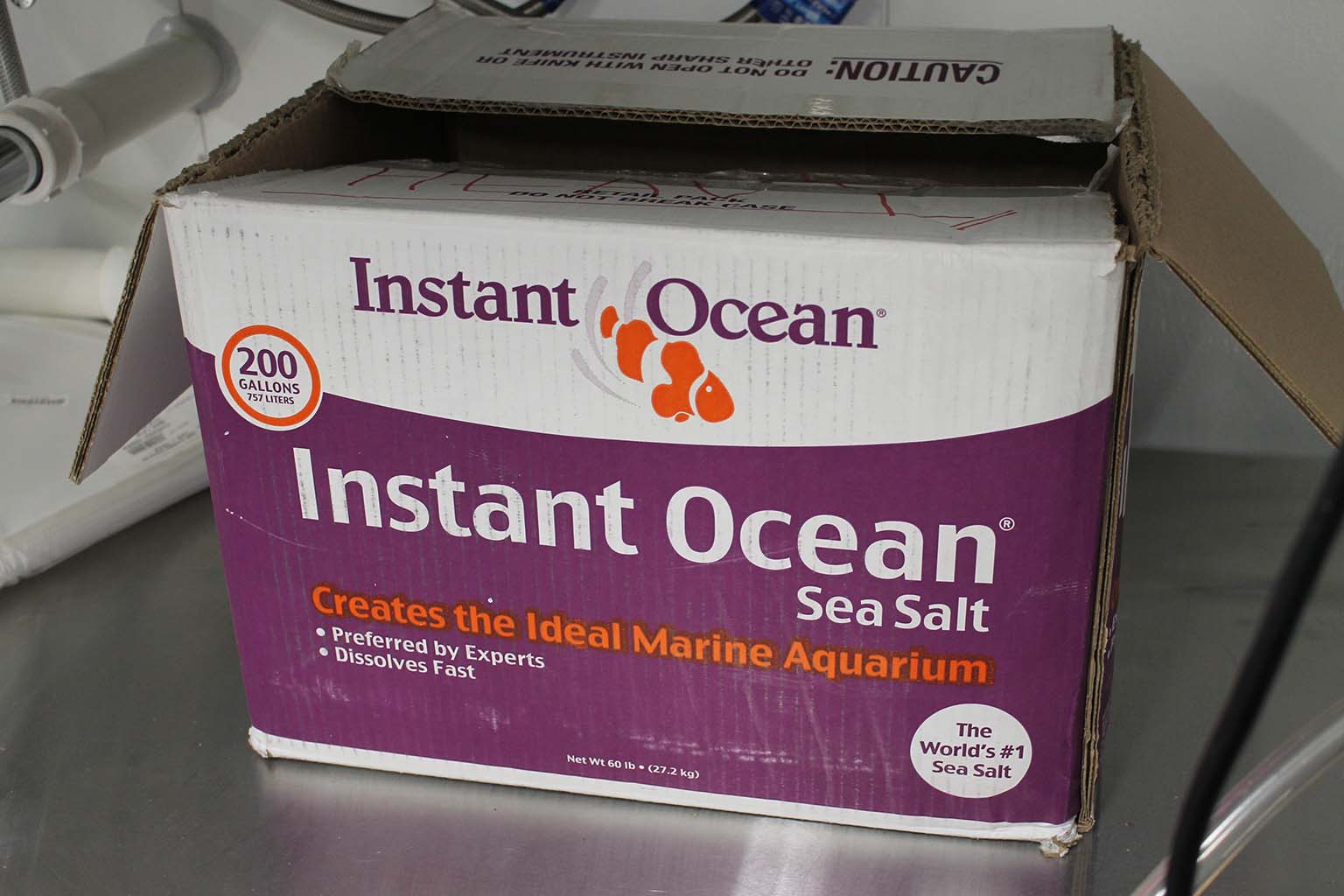
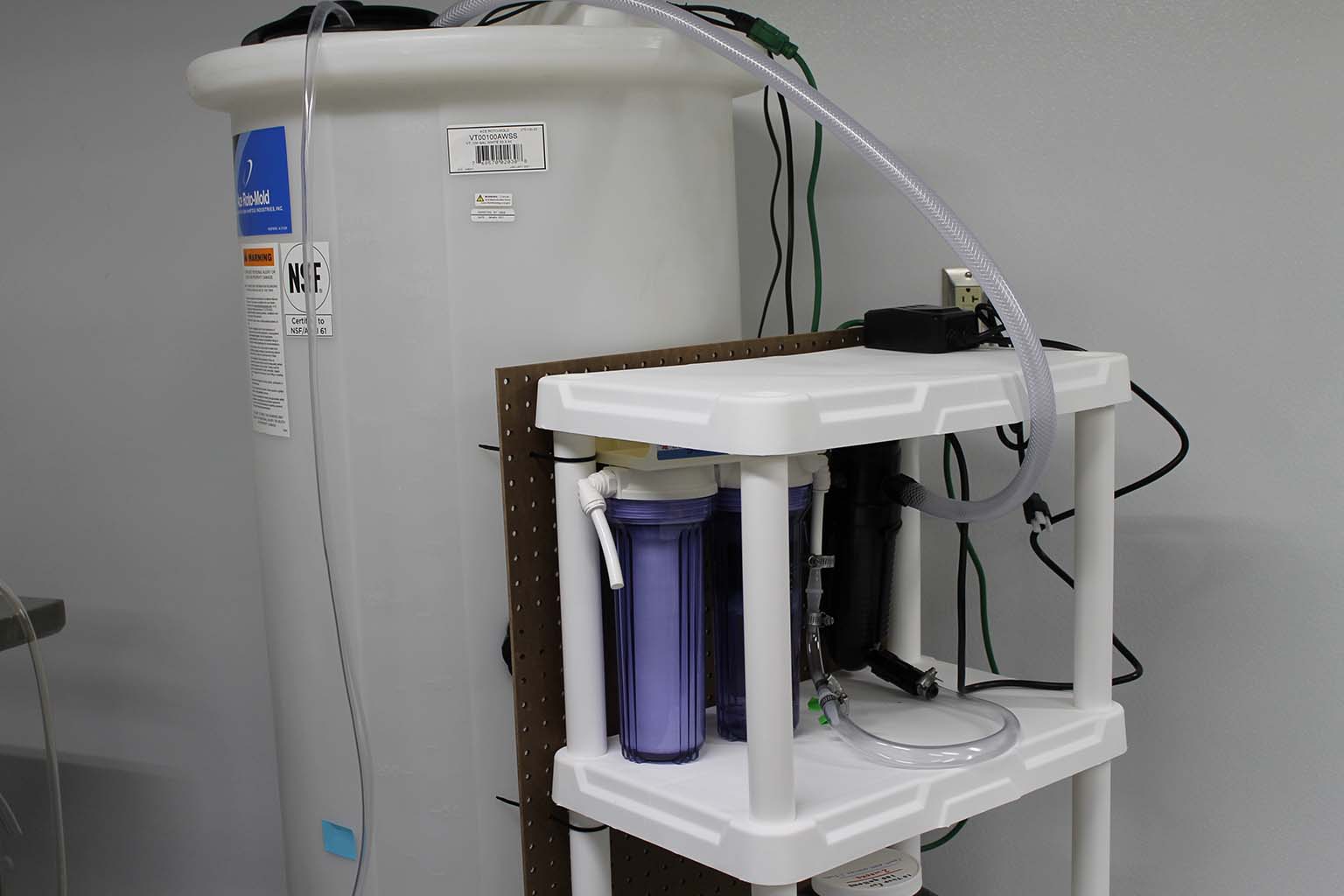
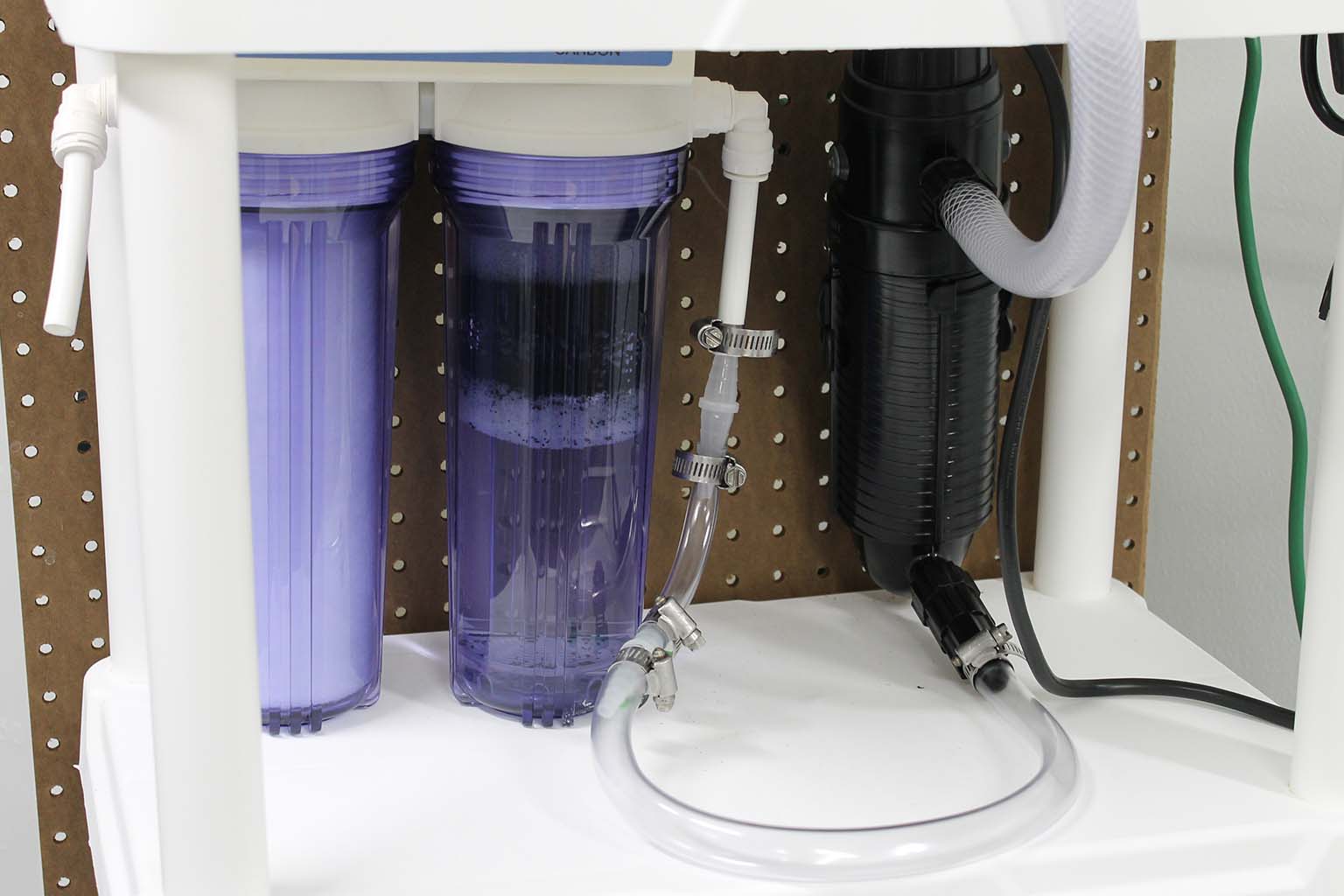
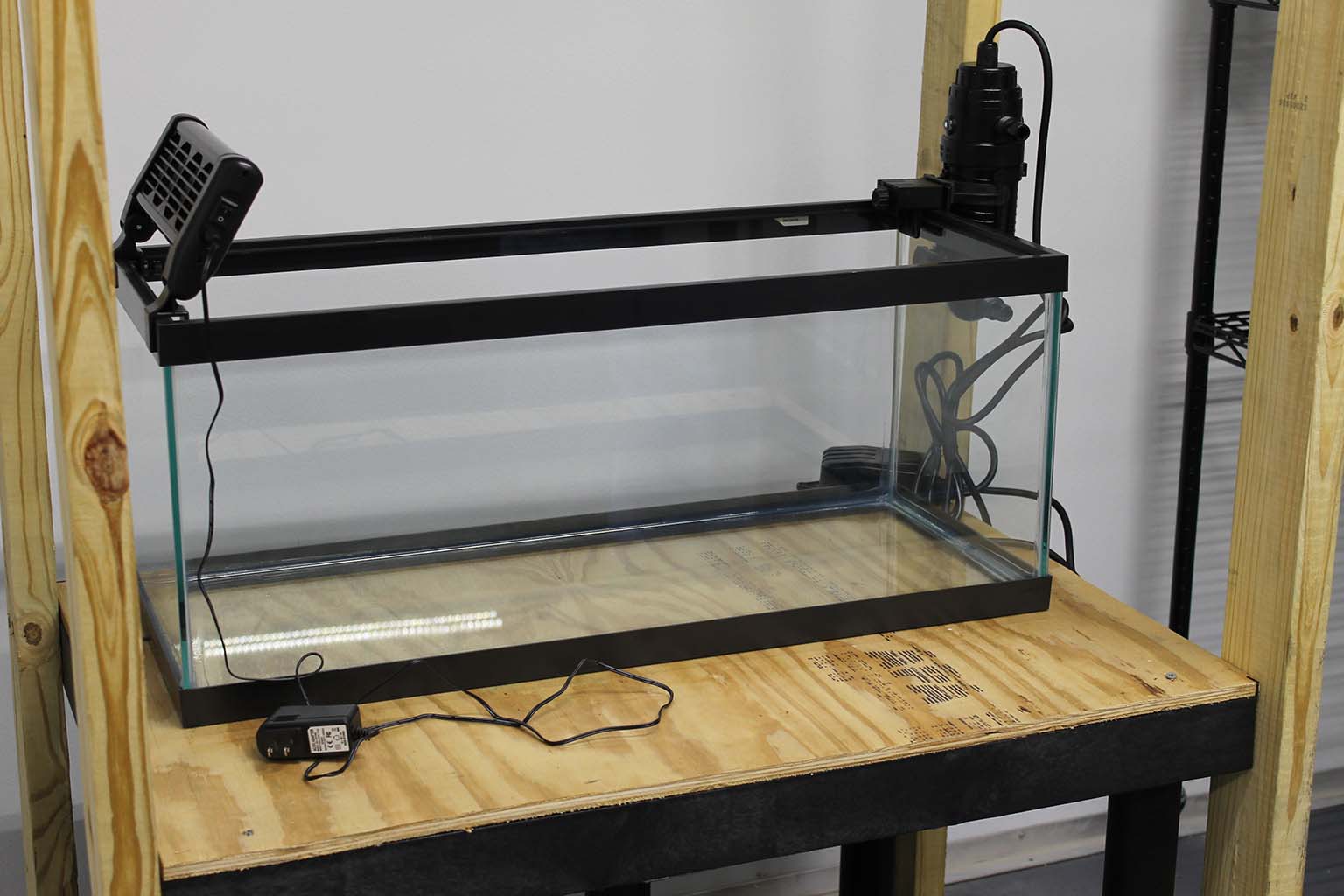
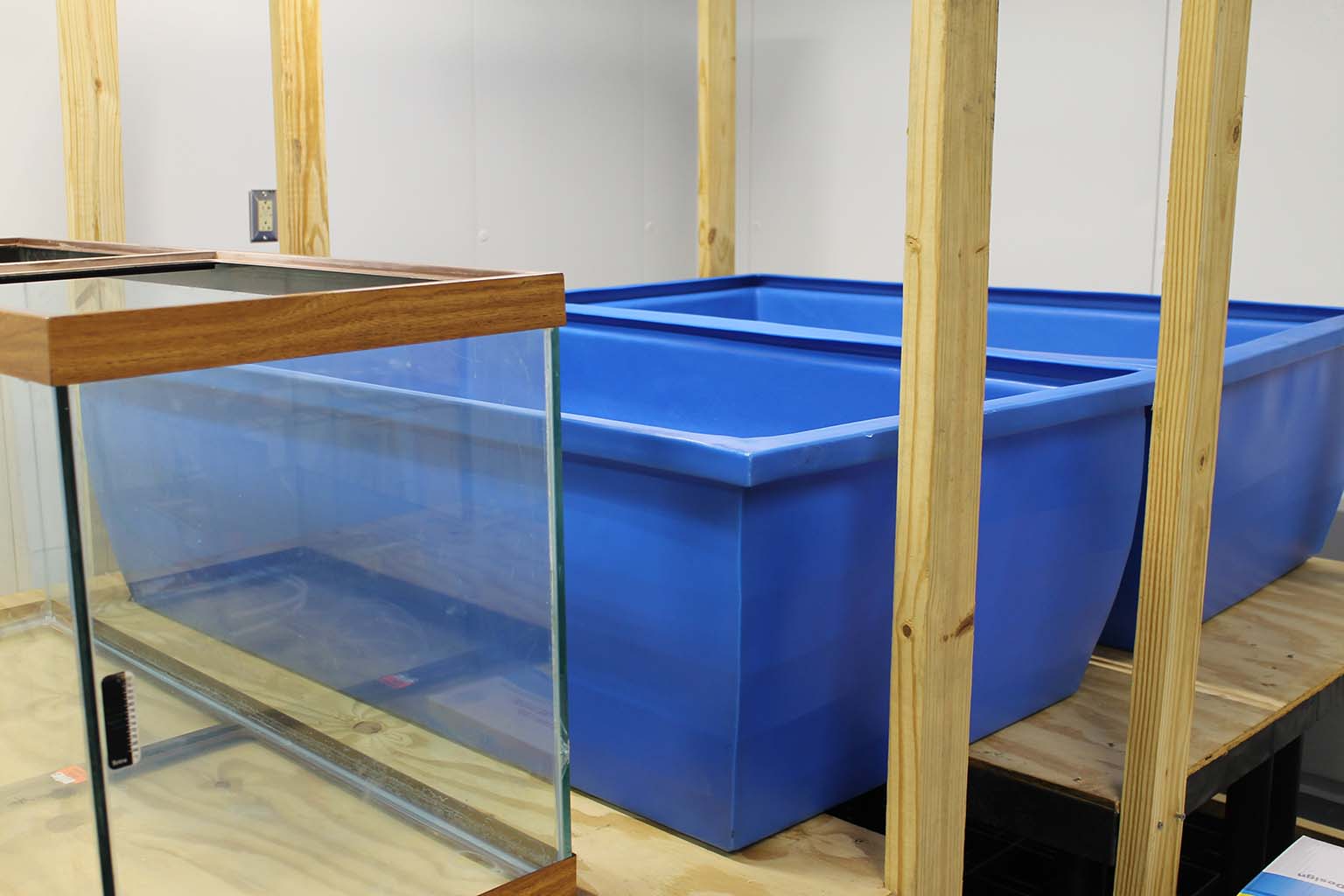
 The College of Arts
The College of Arts